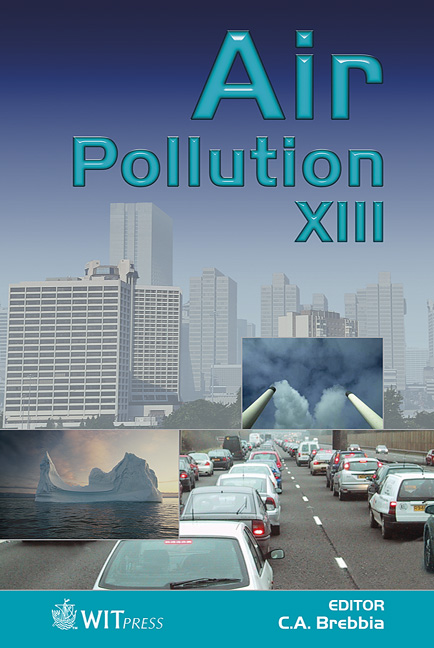A Review Of Background Air Quality Trends In Europe Using EMEP Data
Price
Free (open access)
Transaction
Volume
82
Pages
10
Published
2005
Size
951 kb
Paper DOI
10.2495/AIR050141
Copyright
WIT Press
Author(s)
J. M. Baldasano, M. Gonçalves & P. Jiménez
Abstract
An assessment of the trends of sulphur dioxide (SO2), nitrogen oxides (NOx), ozone (O3) and particulate matter (PM) was carried out in Europe taking into account the EMEP data for 230 background air quality stations. The levels of these pollutants since 1977 have been analysed for 35 countries. Differences between the northern and southern regions of Europe are depicted, and also the effects on air quality issues of the policies introduced during the last decades. In addition, the concentrations of atmospheric pollutants are compared to the objectives set in European Directives in order to identify areas where exceedances of thresholds are more frequent. The results for monthly and annual variations show that, despite the increase in European population and the total energy consumption (mainly to the growth in the transport sector), European policies have become effective in order to control the levels of gaseous compounds and particles. The decreases are mainly observed for primary pollutants, such as NOx, SO2 and PM. However, the levels of background O3 present a differential behaviour attending to the region. 1 Introduction Air quality affects the human health and ecosystems (Akimoto, [1]; Medina et al., [6]). This problem was treated in several European regulations to control emissions and ground-level concentrations of several atmospheric pollutants. Air quality trends and data analysis during the last decades are essential to show the evolution of the driving forces of air pollutants emissions and what policies have been implemented for their control and reductions (Molina and Molina, [7]). Therefore, in this work, analyses of the trends of background air pollutants in
Keywords





